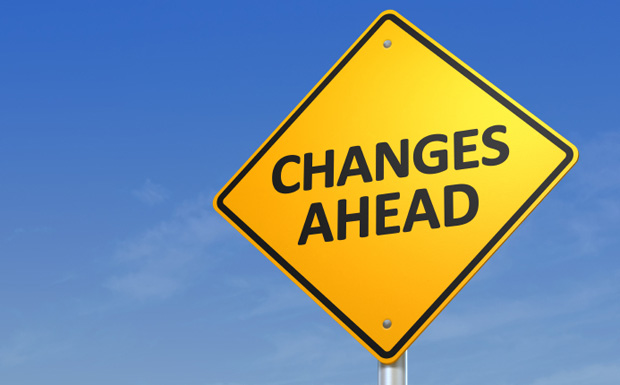By: Brooke Carson, MSW, LCSW
We’ve certainly all had to make a lot of habit changes this year!
This actually makes it a good time for people to add a few more habit changes to help them through this hopefully home stretch period of at least the winter version of quarantining.
There are some well-researched techniques for helping people make pattern changes that can help people who are up for trying to find some new habits to help keep active, entertained and engaged.
One of them is to notice and resonate with our own adaptability! Actively thinking about and appreciating, even marveling at your own ability to adjust in various ways is a habit that people who feel empowered to try new things do for themselves. That’s why this year is a great time to empower yourself with this appreciation for your changes and to use this to anticipate your own ability to make other changes.
A “good” thing about this year is that it forced us to have real experiences with our adaptability. So often, we avoid changes. We spend time thinking about whether or not to make a change, without trying and so we make decisions without giving ourselves much of a chance to experience the benefits of change.
That’s a well-researched key here- give yourself a chance to experience the way that a new behavior affects you.
One way to do this is to pick a goal behavior or behaviors that you want to try and try one each day for a few weeks. Create a chart and note the way you feel before and after doing the behavior. Also note the types of thoughts you have, especially about yourself, before and after the behavior.
Another good technique is to do a cost-benefit chart. You select a specific change that you might make and then write down all the pros of making the change, the cons of making the change, the pros of not making the change and the cons of not making the change. It’s important to be very honest about all of these and to spend some time on thinking it through and being very specific. It seems simple, but it’s very powerful for making behavioral changes, including large changes.
That’s because of two factors. The first is the fact that people have a huge tendency to think about change in a biased way that leans heavily toward avoiding change. Maybe you’ve heard about the research that smokers tend to avoid/rationalize or discount smoking studies. For big and small changes, we tend to minimize the benefits of change and maximize the cons of change. We also maximize the benefits of not changing and minimize the cons of not changing.
The second helpful thing about doing a pro/con chart is that it gives people a change to problem solve the cons or obstacles to change. People tend to lean into the obstacles to change and allow them to stand, again, because we tend to favor avoidance of change.
So be sure to spend time generating possible solutions to obstacles to change. No one to walk with? Have you called anyone and asked? No good place to walk? Have you asked/looked around for a place?
Most of all, it’s important to realize that it’s hard to make a decision about what we will enjoy or otherwise benefit from without trying.
Trying is how we get things- new experiences- for ourselves!

